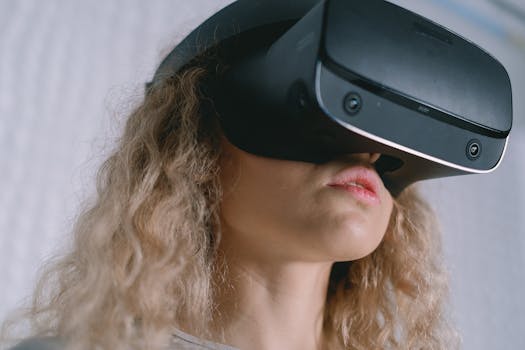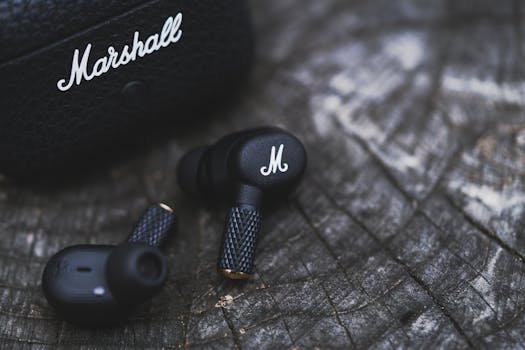Takeaways
- 2023 has seen significant advancements in digital camera technology, including improved sensors and AI features.
- Mirrorless cameras continue to dominate the market, offering versatility and high performance.
- Understanding your photography needs is crucial in selecting the right camera for you.
Introduction to the Exciting World of Digital Cameras
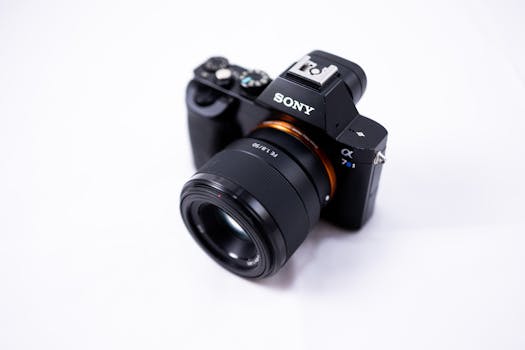

Key Innovations in Digital Camera Technology
1. Advanced Sensor Technology
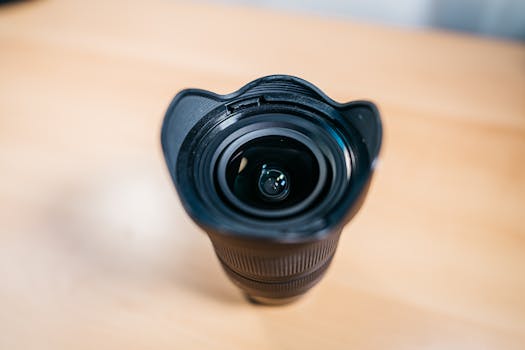
Additionally, manufacturers are incorporating improved low-light performance capabilities. Cameras like the Canon EOS R5 and Sony A7S III feature exceptional ISO range and noise reduction technology, enabling photographers to shoot in challenging lighting conditions without sacrificing image quality.
2. Mirrorless vs. DSLR: The Ongoing Battle
The debate between mirrorless and DSLR cameras continues to be a hot topic among photographers. In 2023, mirrorless cameras have taken the lead, thanks to their compact size and lighter weight. Brands like Nikon, Sony, and Fujifilm have released impressive mirrorless models that cater to both amateur and professional photographers.
For instance, the Sony A7 IV offers a blend of high-resolution imaging and video capabilities, making it a versatile option for hybrid shooters. On the other hand, DSLRs still hold a loyal following due to their optical viewfinders and extensive lens ecosystems.
3. AI and Machine Learning in Photography
Artificial intelligence is revolutionizing the way we use cameras. In 2023, many digital cameras come equipped with AI-driven features that enhance user experience. These features include intelligent autofocus systems that can detect and track subjects with remarkable accuracy.
Furthermore, AI is being utilized in image processing, allowing cameras to automatically adjust settings for optimal exposure and color balance. This is particularly useful for beginners who may not be familiar with manual settings.
Popular Digital Cameras of 2023
1. Canon EOS R6 Mark II
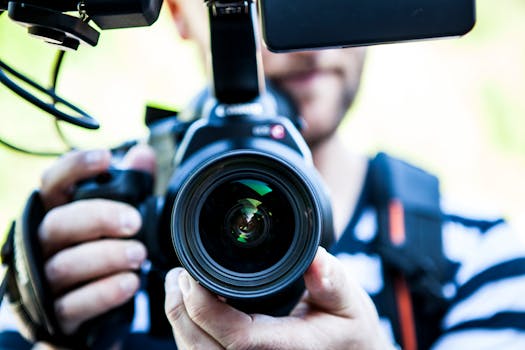
Its weather-sealed body makes it suitable for outdoor photography, while the Dual Pixel CMOS AF ensures accurate focusing in various lighting conditions. The R6 Mark II also offers 4K video recording, making it a favorite among content creators.
2. Sony A7 IV
The Sony A7 IV has made waves in the photography community with its 33-megapixel full-frame sensor and advanced features. This camera excels in both photography and videography, providing users with 4K 60p video capabilities and an impressive dynamic range.
The A7 IV’s autofocus system is particularly noteworthy, with real-time eye tracking for both humans and animals, ensuring that your subjects are always in sharp focus. The camera’s ergonomic design and customizable controls make it a joy to use.
3. Nikon Z9
Nikon’s Z9 is a flagship model that has set a new standard for mirrorless cameras. With a 45.7-megapixel sensor and 8K video recording capabilities, this camera is built for professional photographers who demand the highest quality.
The Z9 features an innovative autofocus system that utilizes a stacked sensor for lightning-fast focus acquisition. Its robust build quality and extensive weather sealing make it ideal for any shooting environment.
Buying Tips: Choosing the Right Camera for You
1. Determine Your Photography Needs
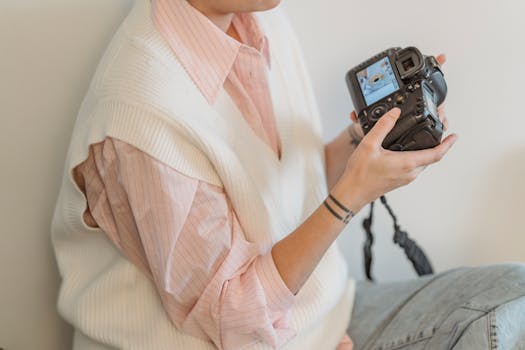
For casual photography, a compact camera or entry-level mirrorless model might be sufficient. However, if you’re serious about photography or videography, investing in a more advanced model with interchangeable lenses and higher performance features is advisable.
2. Consider the Lens Options
The type of lenses available for a camera system is a crucial factor to consider. While many cameras come with a kit lens, having access to a wide range of lenses can greatly enhance your photography. Brands like Canon, Nikon, and Sony offer extensive lens lineups, allowing you to expand your creative possibilities.
When choosing a camera, research the available lenses and their compatibility. Prime lenses, zoom lenses, and specialty lenses like macro or telephoto can all influence the kinds of photography you can pursue.
3. Budget and Value for Money
Setting a budget is vital when shopping for a digital camera. Prices can range from a few hundred to several thousand dollars, depending on the features and specifications. It’s essential to balance your budget with the features that matter most to you.
Additionally, consider the long-term value of your investment. Cameras that offer upgradable firmware, versatile lens options, and robust build quality may offer better value in the long run.
Conclusion
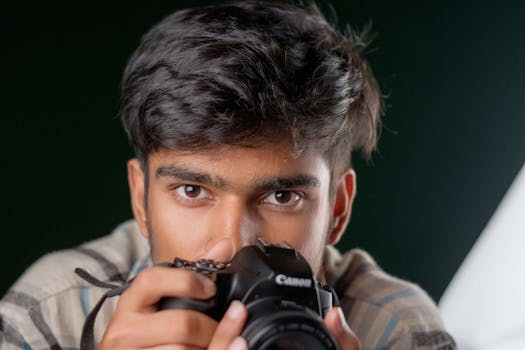
FAQs
1. What is the best camera for beginners in 2023?
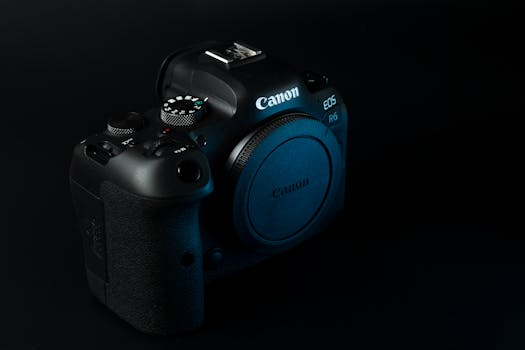
2. Are mirrorless cameras better than DSLRs?
Mirrorless cameras are generally lighter, more compact, and offer faster shooting speeds. However, DSLRs are known for their optical viewfinders and extensive lens options. The choice depends on personal preference and intended use.
3. How much should I spend on a digital camera?
Your budget should align with your photography needs. Entry-level cameras can start around $500, while professional models can exceed $3000. Consider what features are essential for your photography style.
4. Can I use my smartphone for photography instead of a digital camera?
Smartphones have come a long way in terms of camera technology and can be suitable for casual photography. However, dedicated digital cameras still offer superior image quality, lens options, and manual controls for serious photographers.
5. What features should I look for in a digital camera?
Look for features that suit your photography style, such as sensor size, image stabilization, autofocus performance, lens compatibility, and video capabilities. These factors will greatly influence your shooting experience.


